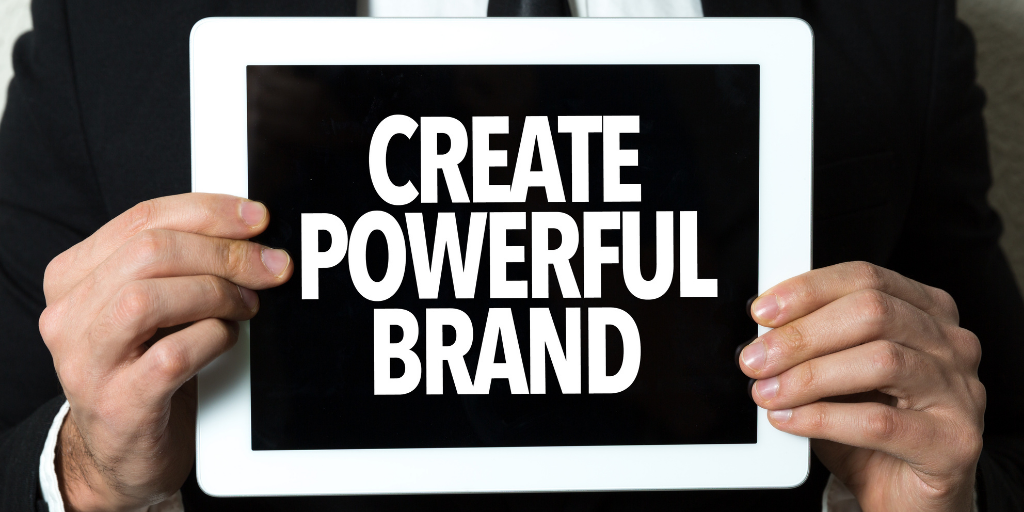
Brand Salience: What It Is & Why It’s Important
Is your brand mentally and physically available to your consumer? It should be! Let’s talk about brand salience…
When a customer goes into a grocery store to buy a box of cereal, they are presented with an aisle full of different products to choose from. How do they decide which one to buy? Do they choose the least expensive? Or the cereal with the most attention-grabbing packaging? Maybe they simply choose the one they are most familiar with.
It’s in this moment of indecisiveness that brand salience serves as the unsung hero of your branding and marketing efforts.
When your brand is present in the mind of the consumer and physically available at the point of sale, you have a distinct competitive advantage and an increased chance the consumer will purchase your product.
What Is Brand Salience?
Marketers define brand salience as the degree to which your brand is noticed by customers, particularly in the midst of a buying decision. But don’t confuse it with brand awareness. Salience is far more powerful, and it’s something to master if you’re looking to boost your brand (and sales).
Brand salience is that which makes buyers consider your brand over another at a particular moment. If your salience is weak, you’ll go unnoticed. That’s the difference between big names and smaller brands: The former has high brand salience, whereas the latter has low.
But the above definition is just glossing over the surface, as this concept has a deeper linkage to memory structures. Linking your brand to a specific buying situation is what you need to focus on—not just building awareness.
To achieve this, you need to define and identify the memory structures that impact your brand’s ability to get noticed.
And there’s a science to how this is done. Jenni Romaniuk and Byron Sharp have conducted in-depth research through the Ehrenberg-Bass Institute for Marketing Science. The findings of their research hold some of the top secrets to marketing success.
For example, it’s been discovered that there are two types of memory structures that govern brand salience in the mind of consumers: quality and quantity.
Quantity of Memory Structures
The quantity of memory structures means there are mental cues that trigger a consumer to choose one brand over another.
Amazon’s brand salience is a good example of this. The e-commerce giant basically revolutionized the industry and has positioned itself as the go-to choice for consumers if they want to search for and buy anything online.
Other contributing factors to their salience are their discount-pricing strategy, wide variety of products, same-day shipping option, simple return policy, and reliable and fast delivery. When consumers want to get their items delivered within a couple of days, they turn to Amazon for their shopping needs.
The more memory structures a brand has built, the more they are likely to be sought after by consumers in the moment of buying truth.
Quality of Memory Structures
According to Jenni Romaniuk and Byron Sharp, the quality of the memory structure is just as important as the quantity, if not more. It refers to the strength of the brand associations in the memory of the consumers. Here, “strength” refers to the relevance of the associations pertaining to the buying decision being made.
For example, Amazon’s discount-pricing strategy would be relevant to online shoppers who are also budget-conscious. Although there are many other websites that offer low prices, the strength of Amazon’s salience as a brand is what makes them the preferred choice for consumers.
Simply put, brand salience must target both the quantity and quality of memory structures in order for it to serve its purpose. By building on these two aspects, you increase the number of consumers who will think of your brand in the midst of a buying decision.
Why Is This Important?
Brands are constantly working toward building brand awareness. But in an effort to establish differentiation, brand salience should be given just as much (if not more) effort.
Most consumers would like to think they use rational thinking and logic when deciding what to buy. However, Harvard Professor Gerald Zaltman would argue otherwise. According to him, consumers’ buying decisions are mostly fueled by the subconscious mind. This conclusion reveals exciting ideas that marketers and brands can use.
Emotion-led purchasing behavior is really what it’s all about. In fact, according to a Forbes article, “humans are driven by feelings.”
In addition, consumers rely on mental shortcuts. They base their purchasing decisions on what is mentally available to them. As a result, a more salient brand will be their preferred choice.
But in order to fully understand why salience is important for your brand, we must examine the two ways it can be achieved:
- Memory
- Attention
Memory Salience
In psychology, salience is defined as anything that is noticeable or prominent within the immediate surroundings.
However, memory salience has a deeper ability to positively affect a brand’s effort to generate more sales. It’s closely linked to brand recall because consumers associate your brand with certain thoughts and emotions in the midst of the purchasing situation. Ultimately, the memory that consumers associate with your brand or its products is what fuels their choices.
What emotions or memories do they associate with your brand? Does it satisfy their subconscious desires or emotions?
By fostering memory salience, you can inspire them to choose your brand as it relates to their desired state of emotion.
Attention Salience
The next type of brand salience is achieved through attention, and it’s often triggered by visual cues. This is important for brands to focus on because it is a foolproof way to influence indecisive buyers.
For example, Tiffany & Co. has a very powerful saliency because of their use of “1837 Blue” as a branding color. It captures visual interest and makes their products stand out. In fact, people instantly recognize this timeless shade and associate it with the luxury jewelry brand.
The use of bold colors and flashy imagery are some of the oldest tricks in the advertising book. However, attention salience is more than just the visual component.
As the study above points out, visual stimuli are not enough. There’s actually a complex selection process that takes place in the visual information processing system of the human mind. But the visual cues can only be used as a trigger point; a strong association with your brand must be established prior to that for the stimuli to work.
Tips for Increasing Brand Salience

The best thing your brand can be is remembered.
Increasing salience is like a real estate battle for brands. You want to take up the most space in your customers’ minds (and emotions) in specific purchasing situations.
So, how do you make your brand more salient?
1) Use Emotive Storytelling
The best approach for increasing brand salience is always provoking your customers’ emotions. An emotional branding strategy helps you foster loyal relationships with your target audience while creating a brand that is respected.
Budweiser is the perfect brand to exemplify effective emotive storytelling. Their emotional campaigns, especially during the holiday season, make people excited and moved. And it’s no coincidence they are one of the leading beer brands worldwide.
2) Never Stop Testing Your Brand
Increasing brand salience is not a one-time effort; it needs to be nurtured and monitored consistently.
Brand monitoring and testing should be given priority if you want to win the battle at point of purchase. Through monitoring and testing, you’ll be able to identify what works (and what doesn’t). But most importantly, you must be willing to adapt to how customers respond to your brand.
3) Be Bold, Authentic, and Brave
In a survey by Stackla, authenticity emerged as the primary factor used by consumers when deciding which brand to support, and it was chosen by 90% of the survey respondents.
Authenticity and transparency are the currency on which saliency is based. It’s important to take bold risks and to strive to be unique, especially when building brand campaigns. However, this should not be at the expense of authenticity.
The aim is to highlight what makes your brand unique and reinforce those differences rather than establish fake memory structures that don’t resonate with your brand.
Final Thoughts
Brands are in a constant tug-of-war when it comes to awareness and differentiation. However, none of that will matter if you haven’t fostered consistent and memorable brand assets.
It’s only through brand salience that you can achieve that. You want your target buyers to think of you when they’re at a critical purchase moment.
This is also where the beauty of salience lies. You want your consumers to think they are making a rational purchase decision when in fact those decisions are influenced by memory structures you’ve built over time.

